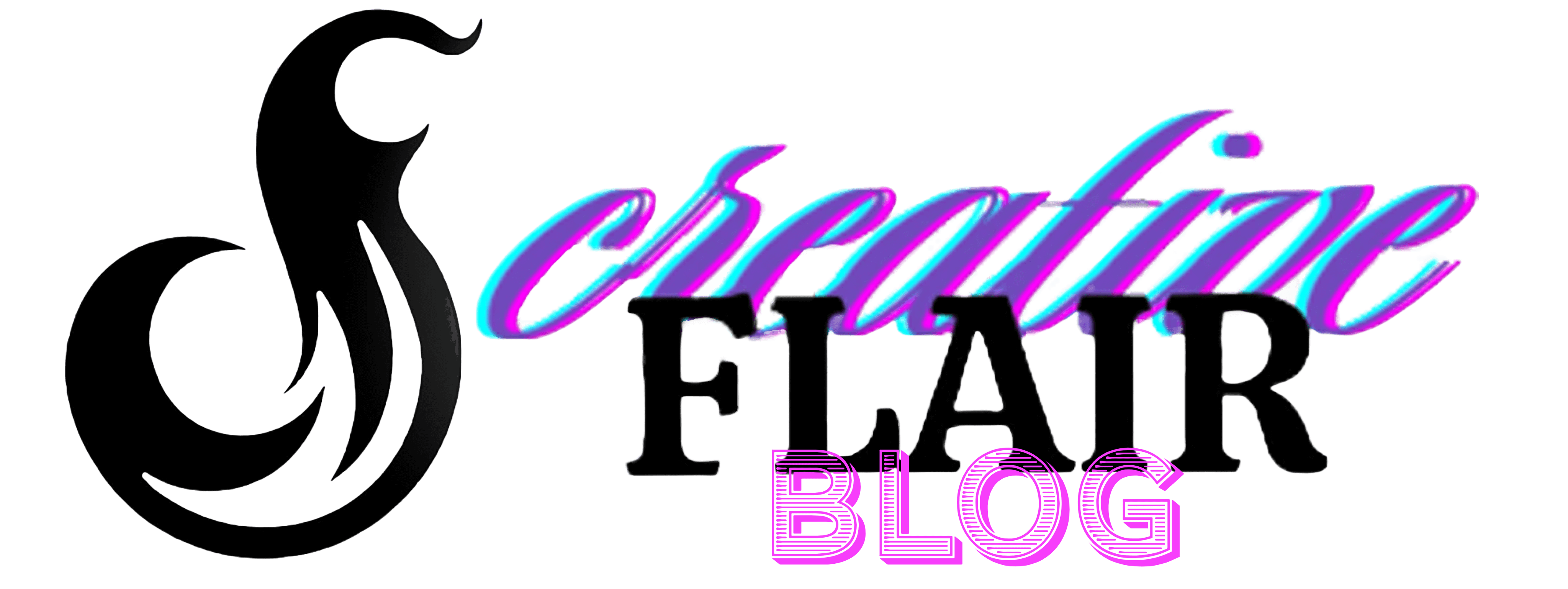The digital renaissance, manifesting at the heart of the 21st century, is at its most vibrant within the realm of art, powered by the revolutionary force of blockchain technology. Non-Fungible Tokens (NFTs) have emerged as the spearhead of this evolution, challenging and redefining the very essence of ownership and authenticity in the digital sphere. As we embark on an exploratory journey through this essay, we shall unravel the layers of complexity behind NFTs, assess their profound impact on artists and the art market, and contemplate the immutable nature of blockchain in certifying provenance. Embracing this transformative age, we shall endeavour to comprehend the potential and the paradoxes of digital art’s new frontier.
Understanding Non-Fungible Tokens (NFTs)

Impact on Artists and the Art Market
Blockchain: A Game Changer for Digital Artists and The Art World
The art market, traditionally known for its exclusivity and opaque nature, is undergoing a radical transformation, all thanks to blockchain technology. Beyond the hype of cryptocurrencies, blockchain’s true power lies in its ability to democratize the art world, empower digital creators, and establish a new paradigm for art ownership and distribution.
Digital artists are finding that blockchain is an ally that not only protects their work but also elevates their status in the art community. The emergence of blockchain as a tool for artists can be seen in three pivotal areas: provenance, royalties, and market expansion.
Provenance is a fancy word for an artwork’s history – who’s owned it, where it’s been, and whether it’s the real deal. In a world rife with forgeries and misattribution, blockchain technology serves as an incorruptible digital ledger, ensuring the authenticity of digital art is verifiable. Each blockchain entry acts as a certificate of authenticity that cannot be altered or destroyed, building trust amongst buyers and sellers.
When it comes to royalties, traditional artists often see their work resold with no financial return from secondary sales. However, blockchain turns the tables. By embedding smart contracts into the works, artists can automatically receive royalties whenever their art changes hands. This is a game changer, ensuring artists benefit from the ongoing appreciation of their work.
And let’s not overlook market expansion. Blockchain is breaking down the barriers that have kept digital art from being viewed alongside paintings and sculptures. The digital art space is now rife with opportunities, allowing artists to reach a global audience, sell without galleries taking a huge commission, and engage with collectors directly. This direct-to-consumer model is akin to what happened with music streaming services and self-publishing platforms but adapted for the visual arts.
Moreover, this technology is inviting a new crowd into art collecting; an audience that’s more digital-savvy, younger, and perhaps previously intimidated by the traditional art scene. People who live and breathe in the digital realm now have a stake in art like never before. This swell of new enthusiasts is helping to shake up an industry that’s been notoriously resistant to change.
In short, blockchain is not just a buzzword or a fleeting trend; it’s laying the foundation for a more open, fair, and innovative art world. For digital artists and collectors alike, the future seems not just bright but also equitable. Art ownership and distribution is just beginning to tap into the potential of this groundbreaking technology, signaling a new era for creativity and cultural appreciation that transcends borders and barriers. Welcome to the new age of digital art, fostered by blockchain, where the only limit is imagination.
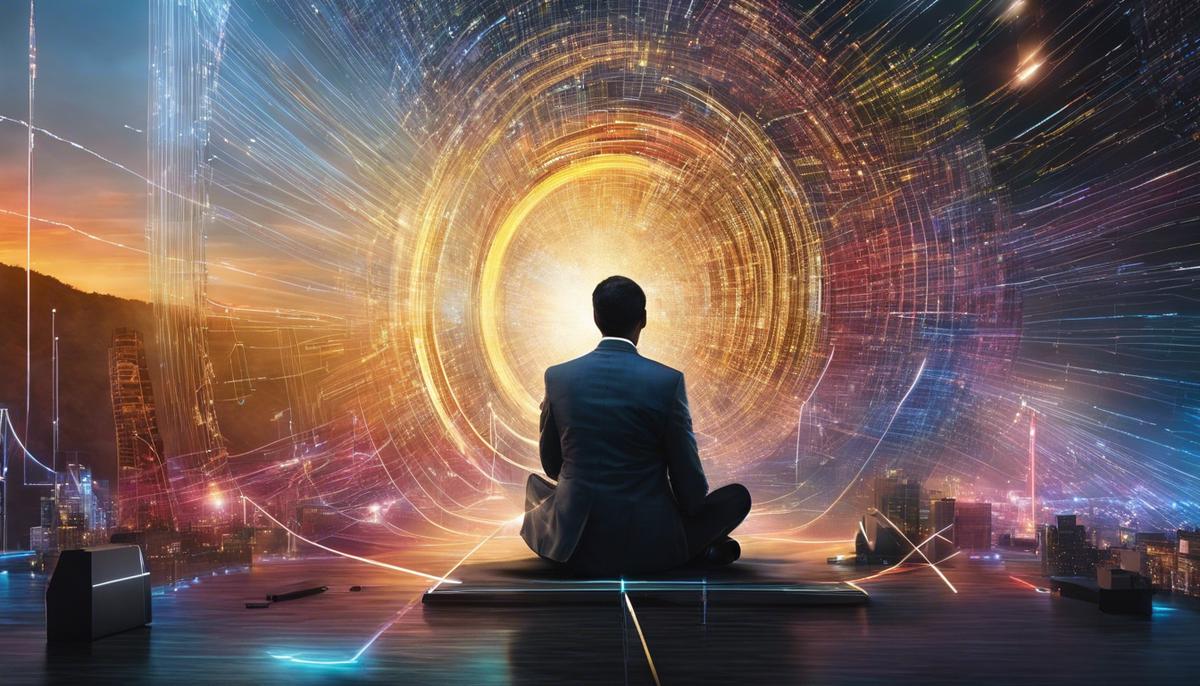
Blockchain’s Role in Authenticity and Provenance
Blockchain: The Guardian of Authenticity and Provenance in Digital Art
In a world where the digital sphere collides with the art market, establishing authenticity and managing provenance is a Herculean task. Luckily, blockchain technology swoops in as a savior for digital artists and collectors alike. This article delves into how blockchain does not just secure digital transactions but enforces the originality and historical lineage of digital artpieces.
Imagine digital art as a unique jigsaw puzzle; each piece must be accounted for to appreciate the whole picture. Blockchain acts as the ultimate ledger that ensures every piece, or in this case, digital artwork, is verified and traceable. But how, one might ask?
Firstly, we must understand the blockchain’s role as an immutable digital registry. Once a piece of art is created and minted as an NFT, its details are etched into the blockchain. This means that the title, date of creation, and ownership details can never be altered underhand. Fraudsters, consider yourselves warned.
What about provenance? The historical record of ownership that adds to an artwork’s cachet. With blockchain, every single transfer or sale of the artwork is transparently recorded. Prospective buyers can trace the trajectory of a piece from the artist’s digital easel to their screens. Not only does this maintain a clear chain of custody, but it also deepens trust in digital transactions.
Smart contracts, self-executing contracts with terms directly written into code, fortify this trust. These nifty pieces of blockchain tech can automatically distribute royalties to artists with every resale, ensuring creators continue to reap the financial rewards of their work. This encourages a thriving digital ecosystem that respects and upholds the rights of artists.
The fusion of blockchain with digital art hasn’t just ensured authenticity and managed provenance; it has facilitated a robust tracking system akin to a digital fingerprint that deters tampering and unauthorized duplications. The math doesn’t lie; blockchain’s transparency equates to security in digital artistry and collecting.
So, take a moment to visualize this: real-time updates on who owns what, which work is genuine, and ensuring artists’ legacies are preserved without the risk of forgery. This is less a vision and more a present reality within the blockchain-driven digital art sphere. Every day, blockchain propels the art world towards a future where digital ownership is unassailable. Authenticity and provenance are no longer casualties to digitization—they are its champions. With blockchain, the digital art market is not just surviving; it’s thriving.
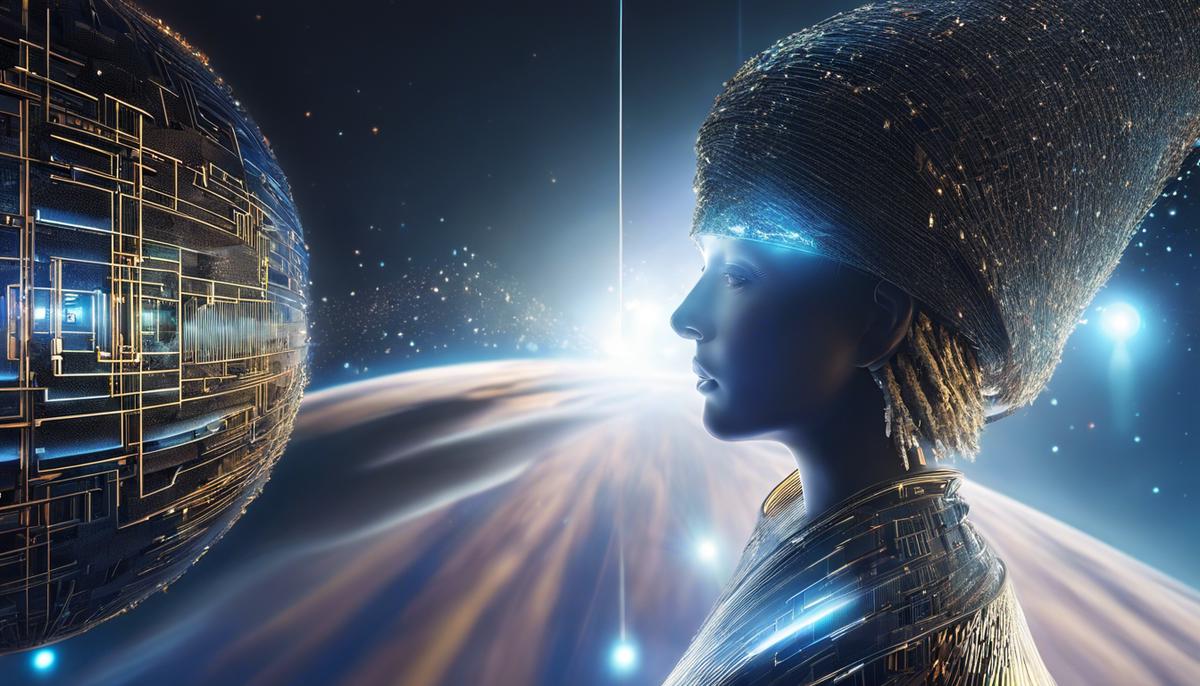
Challenges and Criticisms of NFTs
Moving on, it’s paramount to explore the challenges and criticisms that currently surround the world of NFTs. Despite the merits that blockchain technology and NFTs have introduced, there are significant challenges that cannot be overlooked. These include environmental concerns, market volatility, intellectual property issues, and the potential for scams.
Firstly, let’s tackle the environmental impact. NFTs are primarily built on blockchain networks that use the proof-of-work (PoW) consensus algorithm, which is energy-intensive. The mining process for Ethereum, a commonly used platform for NFTs, requires a vast amount of electrical power, leading to an increased carbon footprint. This has caused an uproar among environmentally conscious individuals who argue that the digital asset is not worth the environmental cost.
Market volatility is another hurdle. NFTs can be wildly unpredictable. Their value is often based on market demand rather than intrinsic value, which can result in sudden changes in price due to hype rather than sustainable growth. For investors and creators looking for stability, this poses a risk. The value of an NFT today might not be the same tomorrow, leading to speculative bubbles and potential losses.
Intellectual property rights present a challenging legal area for NFTs. Ownership of an NFT doesn’t necessarily grant ownership of the underlying work. For instance, purchasing a digital artwork NFT will often grant the buyer a license to use the work but doesn’t typically transfer copyright. Therefore, users must navigate a complex web of legal aspects to fully understand what they’re buying or selling.
Scams and fraudulent activities have also been prominent in the NFT space. Since NFTs foster a level of exclusivity and high monetary value, scammers are attracted to the potential for high gains. There have been incidents of art theft, where artists’ works have been tokenized and sold without their permission. Moreover, the hype around NFTs can lead to hasty investments in projects with little to no actual value, or even worse, in projects that are entirely fraudulent.
Lasty, there is a challenge in the form of regulatory uncertainty. Governments and financial institutions are still grappling with how best to regulate NFTs. The unique nature of these digital assets means they don’t fit neatly into existing regulations, leading to a grey area that can make trading and investing in NFTs somewhat of a legal minefield.
In conclusion, while Non-Fungible Tokens offer exciting possibilities for artists, collectors, and investors, the challenges and criticisms outline a series of hurdles that must be carefully navigated. As the future of NFTs unfolds, solutions to these issues will be paramount in securing their place as a permanent fixture in the digital landscape.
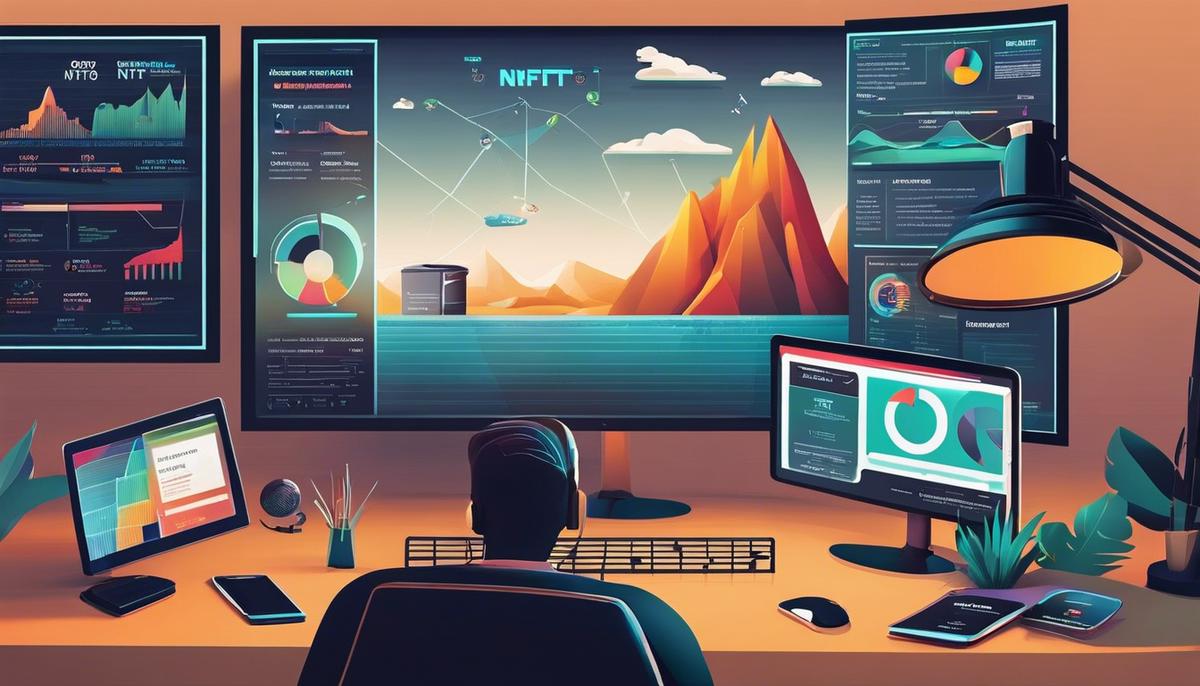
The Future of Digital Art and Blockchain
The Uncharted Future of Digital Art and Blockchain: Predictions for the Next Decade
The integration of digital art and blockchain is not just a fleeting trend; it’s a full-fledged movement redefining the essence of how art is created, bought, sold, and enjoyed. As we’ve seen, the union of these two fields has already set the stage for a radical shift in the art world, but the question remains: what’s next? Let’s explore the trajectory of this digital art-blockchain nexus and project where it could lead us in the coming years.
Smart Contracts as the Backbone of Emerging Art Markets
One of the most revolutionary components within this intersection is the smart contract. In the short term, expect to witness the evolution of these protocols as they become more refined and cater to complex contractual agreements. They will offer artists more control over licensing and will, in all likelihood, embed more nuanced terms for royalties. This means patrons could eventually encounter dynamic pricing models based on the artwork’s exposure and popularity.
The Advent of Decentralized Art Platforms
The corporatization of online art markets may face a direct challenge from decentralized platforms. These platforms could illuminate the power of decentralization by minimizing fees and removing intermediaries. As such, decentralized autonomous organizations (DAOs) could emerge as the new curators and gatekeepers of digital art collections. In essence, blockchain could herald an era where the power dynamics of the art world are radically realigned.
The Rise of Virtual Galleries and Art Spaces
Virtual reality (VR) and augmented reality (AR) tech snugly fit into the equation, offering immersive art experiences and galleries that transcend physical boundaries. Blockchain tech could provide the perfect ledger for these virtual objects and environments, ensuring ownership and creator attribution remain intact, even within infinite virtual expanses. Anticipate the burgeoning presence of VR and AR as standard mediums for showcasing and interacting with digital art.
Pushing the Boundaries of Art with Artificial Intelligence
AI’s role in creating art is already a hot topic, but combined with blockchain, the implications are staggering. AI-generated art, verified and minted on the blockchain, might challenge traditional conceptions of authorship and creativity, while the immutable nature of blockchain verifies the piece’s origin. Picture AI-driven platforms that not only create art but also manage sales, distribution, and authentication autonomously.
The Emergence of Fully Tokenized Ownership Structures
Imagine digital art pieces divided into countless tokens, allowing more widespread ownership of high-value artworks. This fractional ownership will democratize art investment and further diversify what it means to collect art. It enables collective ownership models thus altering how art is valued and traded.
Blockchain as a Medium for Social Impact in Art
Looking further ahead, blockchain may bridge the gap between art and activism more effectively than ever before. Social projects and art installations that tackle global issues can benefit from blockchain’s transparency and fundraising capabilities. Hence, digital art could become a vehicle for not only aesthetic appreciation but also meaningful social commentary and change.
Coping with the Exponential Increase in Digital Art Forms
The digital art ecosystem is forecast to expand at an unprecedented rate. This expansion will demand scalable blockchain solutions capable of registering, transferring, and preserving an ever-growing volume of artworks. It’s likely that emerging blockchain networks will prioritize eco-friendliness, speed, and cost-efficiency to accommodate this surge.
Strategies for Enhancing Security and Trust
As blockchain art markets advance, so too will the tools for security and verification. Sophisticated encryption methods will enhance buyer and seller confidence. Expect the introduction of cross-chain verification for artworks and a system of checks and balances holding platforms accountable for their security measures.
Conclusion
Blockchain and digital art are on a dynamic and unpredictable trajectory. While there are challenges ahead, the potential for innovation is vast and enticing. The fusion of these realms promises a future that is not only rich in opportunity but also ripe for a renaissance of digital creativity and democratic art appreciation. This voyage into the unknown stands testament to the human spirit’s unrelenting quest for new methods of expression and engagement in an increasingly digital world.
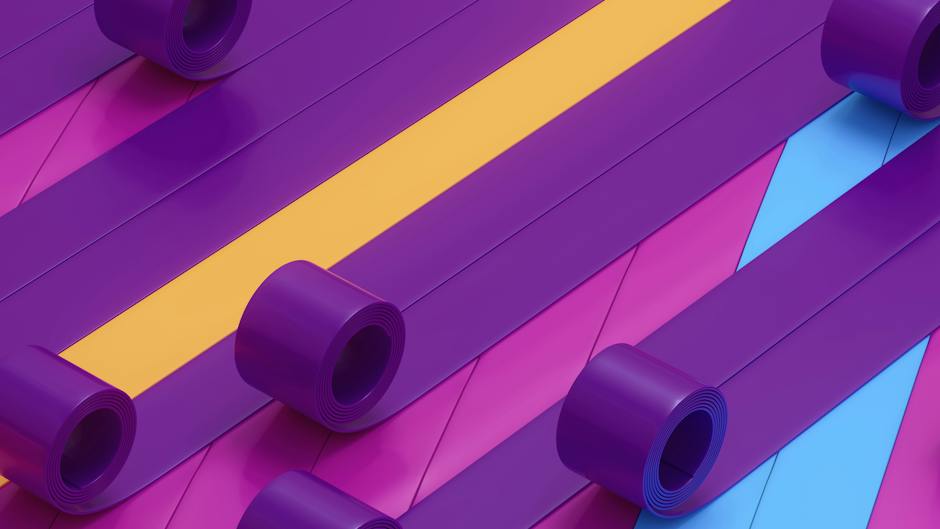
As the expedition through the entwined domains of digital art and blockchain draws to a close, it is evident that we are mere witnesses at the threshold of a burgeoning epoch. While challenges abound, the opportunities for innovation and reformation within this brave new world shine with the promise of untold potential. The cryptic canvas of the future, speckled with advancements in technology and shifts in cultural paradigms, beckons us forth. The interplay of digital art and blockchain stands not at its zenith but rather at a curious precipice, gazing towards a horizon ripe with uncharted creativity and indefatigable human spirit.
